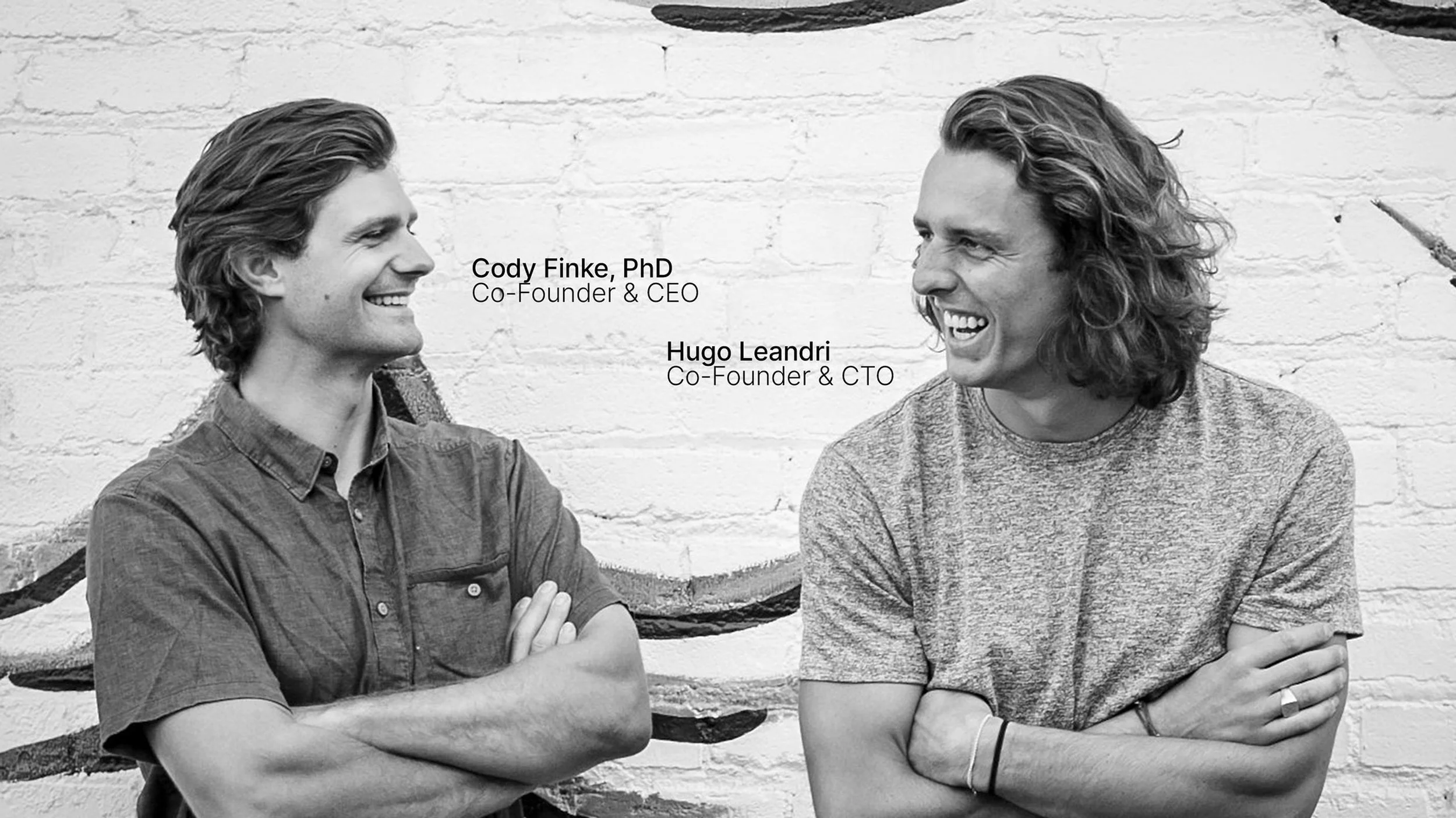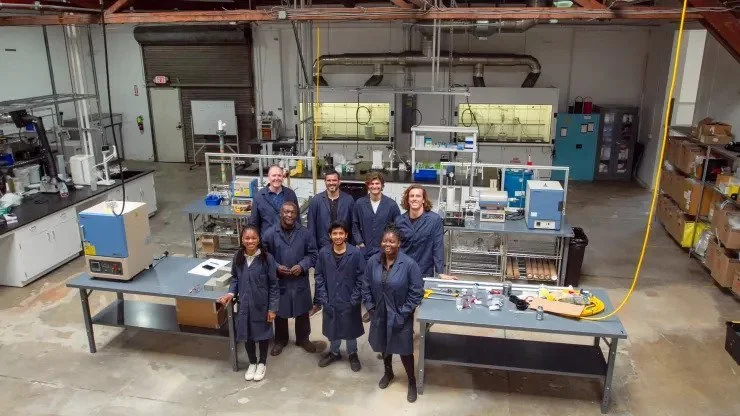Brimstone Raises $55M Series A to Build Pilot Plant, Grow Team
May 5, 2022
Co-founded by Activate Fellow Cody Finke, Brimstone has developed a pathway to decarbonize cement, the essential material that contributes 7.5 percent of global carbon dioxide emissions each year.

Brimstone, co-founded by Cohort 2019 fellow Cody Finke, announced a $55 million Series A investment last week and said that it has developed a process for making industry-standard ordinary Portland cement (OPC) via a process that would passively absorb CO2, making the product carbon-negative.
The startup will use the funding to build a pilot plant where it can begin scaling up production of the first building-scale OPC ever made from calcium silicate rock. “We know that the science works, now we need to prove out the cost structure,” says Finke. “Building the pilot plant will give us orders of magnitude more certainty on the capital cost of the full production plant.”
The funding will also allow Brimstone to quickly grow its team, and it is actively hiring chemical engineers and climate-focused people with cement industry experience.

Cody, Hugo, and team in the Brimstone lab, 2022.
Since founding Brimstone, Finke and co-founder Hugo Leandri (who met while both were working on improved wastewater and toilet systems) have been keenly committed to decarbonizing industry, which is responsible for more than 30 percent of global greenhouse gas emissions. They’ve focused their efforts on cement, which generates 7.5 percent of global CO2 emissions or 5.5 percent of global greenhouse gas emissions.
Tom Boussie, who supported Brimstone as an Activate managing director (and is now our executive-in-residence), says the team entered the Activate Fellowship with plans to develop a different decarbonization technology, targeting another industrial market, but quickly reoriented. “They proposed pivoting to zero-carbon cement, a move we fully supported. That was the moment they blossomed into full-on scrappy entrepreneurs: leveraging partnerships at Lawrence Berkeley National Laboratory (LBNL), securing grant funding and private investment, growing their team, systematically de-risking the technology and business model,” Boussie says.

Cement generates 7.5 percent of global CO2 emissions or 5.5 percent of global greenhouse gas emissions.
Once they had locked onto the mission to decarbonize cement, Finke and Leandri made significant headway during the fellowship, experimenting with possible pathways to low-carbon cement production at LBNL, where they had space and access to essential equipment. “Without the fellowship, we probably would have needed $2 million to buy the equipment that we used—and an extra two years to build up the resources,” says Finke.
Cost has been as central to Brimstone’s vision as technical innovation because with a commodity like cement, the only way to move the climate lever is to make a product that is cost-competitive with incumbent cement production, and one that can meet current industry standards.
Brimstone’s process can be carbon negative because it produces magnesium compounds as a waste product, and these passively absorb carbon dioxide. This could make the Brimstone process net carbon-negative regardless of the type of fuel used to heat the kiln.

Brimstone co-founder Cody Finke, Cohort 2019
“Our idea ticks all the boxes,” says Finke. “Because we’re making ordinary Portland cement, our customers won't have to wait for new ASTM standards. And [based on our cost models] we won't have to convince people to spend $50 more per tonne compared to our incumbents. Add to this a carbon-negative cement, and our value proposition seemed a lot more clear than a lot of the other processes that we considered or that are currently available.”
At scale, Brimstone’s process will be able to supply organizations and governments that want to construct new buildings or replace aging infrastructure but want to use tried and true building materials at an affordable price while also permanently sequestering carbon.
Existing investors Breakthrough Energy Ventures and DCVC led the Series A investment, with participation from other existing investors, including Collaborative Fund and AccelR8. New investors include Amazon’s Climate Pledge Fund and Fifth Wall Climate Tech whose limited partners represent the global real estate industry. Other investors include Impact Science Ventures, S2G Ventures, Gatemore Capital Management, Osage University Partners, and SystemIQ.
“This funding means that we now have a real chance at testing our idea to the fullest extent,” says Leandri. “And that’s the most exciting thing.”

The Brimstone team, 2022.
